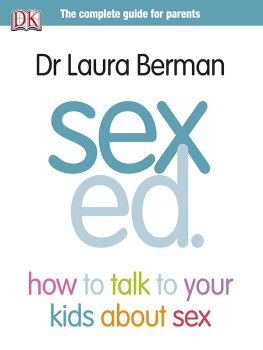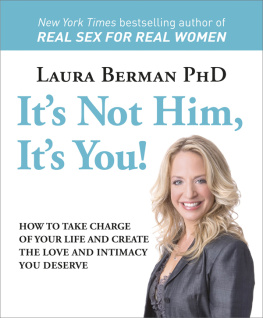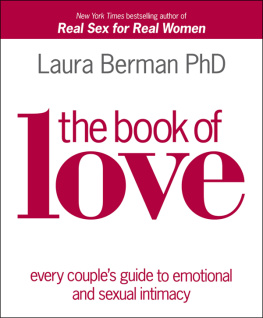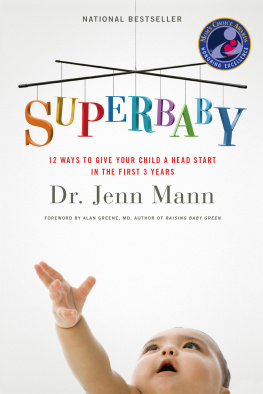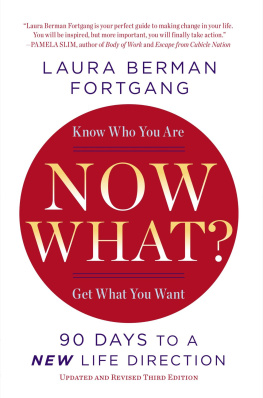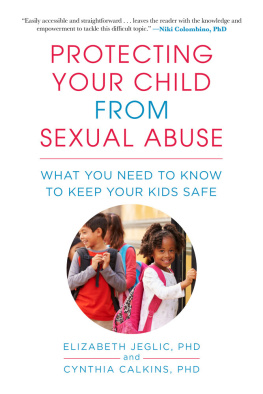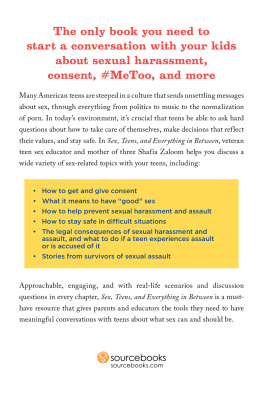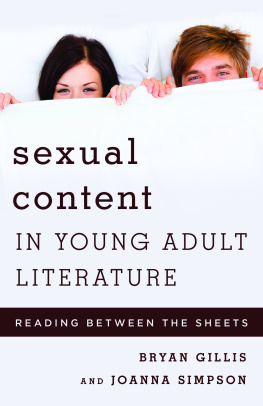Teaching sexual truth
Mum, where do babies come from?
For centuries, this question has struck fear into the hearts of parents everywhere. How can you begin to explain the complexities, the intricacies, and the very adult world of sex to a child whose primary interests are cartoons and stuffed animals? Is it even appropriate to begin to explain sometimes scary sexual truths to someone who doesnt know that Santa Claus is make-believe?
In the wake of such questions, it is no surprise that many parents opt to keep sexual knowledge hidden under lock and key. We assume that we are doing so in our childrens best interests to protect them from lifes adult realities, and perhaps from the very reality of growing up. Or, maybe, just maybe, we want to keep them kids for as long as possible. We dont want to give up cuddling and butterfly kisses for the birds-and-the-bees talk. And so, our children grow up much the way we did: hearing about sex in the school playground; learning half-truths and urban myths and, eventually, discovering sex through their own experiences (for better or worse).
Empowering children
Although this lack of sex education has created a myriad problems for past generations, it is only recently that we have truly seen the tragic results of ignorance. Young people are the group most at risk of being diagnosed with a sexually transmitted infection (STI), accounting for up to 7 in 10 new cases of chlamydia and half of all new cases of genital warts and gonorrhoea infections each year. The National Chlamydia Screening Programme in England has found that nearly 1 in 10 girls and 1 in 8 boys under 25 test positive for chlamydia. Recent polls show that 3 in 10 teenagers under 16 have had sex, yet nearly half of all teenagers show lack of awareness about contraception failure, for example not knowing it is possible to get pregnant if a condom is not used correctly. Not surprisingly the national teen pregnancy rate is increasing year on year and currently 4 in 100 1517-year-olds become pregnant each year. Although the emotional toll of early sexual activity isnt as easy to calculate, 60 per cent of sexually active teens admit to regretting their first time, which can lead to low self-esteem, shame, and depression.
It is clear that a lack of sex education does not promote abstinence or safer-sex practices. We know this because in the US national teen pregnancy rates declined after the implementation of sexual education classes in all public schools. However, these numbers flat-lined, and then slowly increased once the focus returned to abstinence-only education. Instead of teaching kids how to protect their bodies and how to navigate birth control concerns, we started teaching them just say no and sex is bad. Yet fear tactics only work for so long, especially with naturally curious, hormonally driven teens who live in a world featuring sexual imagery everywhere. And when you teach children, even subconsciously, that sex is bad and that they should be ashamed or frightened of their natural sexual urges, it causes them to place a low worth on their sexuality and their bodies which can lead to a lifetime of sexual difficulties and poor sexual choices. Of course, that doesnt mean that we shouldnt try to do all we can to protect our children from the sometimes harsh consequences of sexual activity. However, we cant protect them without empowering them with the information and confidence they need to keep themselves safe.
Empowering parents
Unfortunately, helping children to learn about sex is often misguided. Many parents end up repeating lessons they learned when they were children, although those lessons were incomplete and uncomfortable. This book is written with these parents with every parent in mind.
Not only will it get you thinking about wider issues surrounding sexuality (such as positive self-esteem), but it will also help you understand what your child needs to learn from you about sex at each stage. This book is not meant to replace your own religious or moral beliefs about sex, or to change your views on parenting and supervision for your child. At every stage, it is meant to guide you as you communicate your personal beliefs and your familys sexual values. This begins with talking about the body, including accurate anatomy and knowledge about gender, and moves through all the major topics related to sex and sexual health: the mind and how you perceive sexuality; the media and how you absorb sexual information; friends and how they influence you; early romantic relationships; and, finally, the realities of sexual relationships and safer sex.
Using this book
Throughout this book, references to he and she are used interchangeably. Unless information is specific to girls (how to use a tampon) or boys (nocturnal emissions), every part of this book can be shared with both sexes. A key point about a comprehensive sex education is that girls and boys should learn the same things. This means that your son should know how a girls body works and your daughter should understand how a boys body works. This can help remove the mystery from sex and makes it easier to transition into more complex sexual lessons as your child grows. And despite traditional stereotypes, information on a healthy body image and sexual protection and pregnancy is as relevant to boys as to girls, and information on self-stimulation and open communication is as relevant to girls as to boys. As you read, you will find interactive pages labelled Learning Together, which can be looked at with your child. These include step-by-step lessons on important topics; answers to big questions; and, in some cases, anatomical or instructive diagrams. In addition, Teachable Moment boxes help identify natural moments to bring up sexual issues, Q&A panels provide answers to common questions kids ask, and What to Say boxes walk you through how to handle difficult conversations. Additionally, sample dialogue is highlighted in bold throughout the book to maximize the potential for healthy conversation.
Having these conversations can change your childs sexual future, and can also have an impact on social outlook and self-esteem. Not only will talking openly about sex help keep your child as safe as possible, it will also help to deepen your bond and improve your communication, making your relationship a source of support and unconditional love for your child.
Enjoy!
TALKING ABOUT THE BODY
ASSESSING YOUR VALUES: THE BODY
So many factors influence the way we feel about our bodies. These can be conscious or unconscious either way they will be passed down to your child as you talk about anatomy and sexual health. The first step in deciding your values is to think about your own influences and insecurities. Next, think about when you want your child to learn certain facts. Answer these questions privately, then reflect with your partner on how to blend your views to give your child a healthy understanding of the body.
Exploring the body
Identifying your thoughts and feelings about your body will illuminate any insecurities so that you can make a conscious effort not to pass these on to your child.
How do you view your own body? Is it a source of pride, discomfort, or worry?
What do you love about your body?
What would you change about your body?
How do you care for your body?

